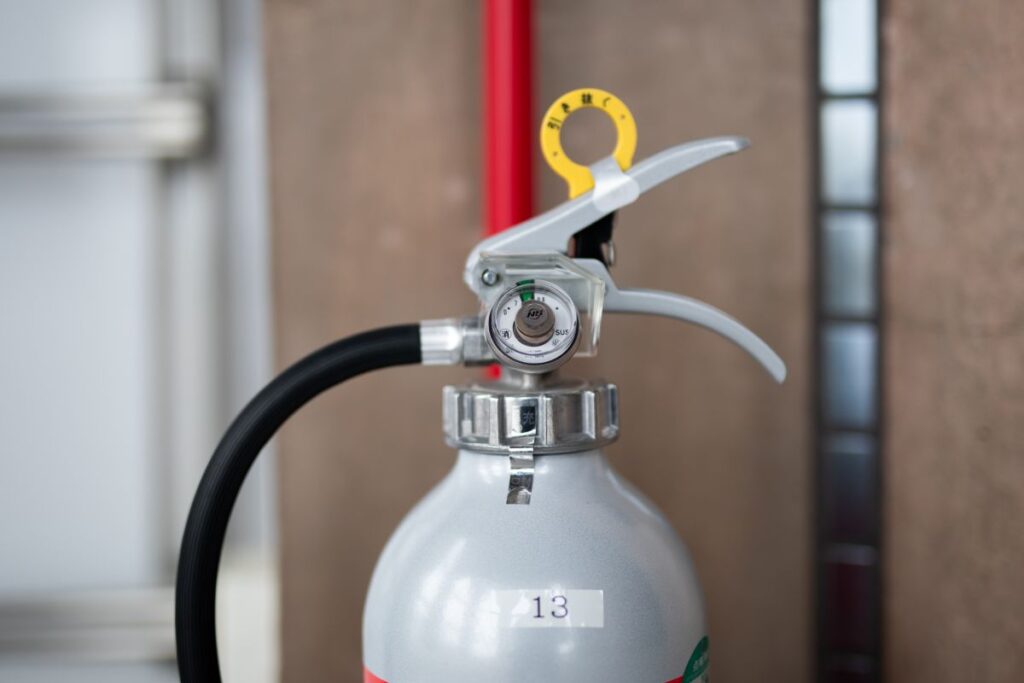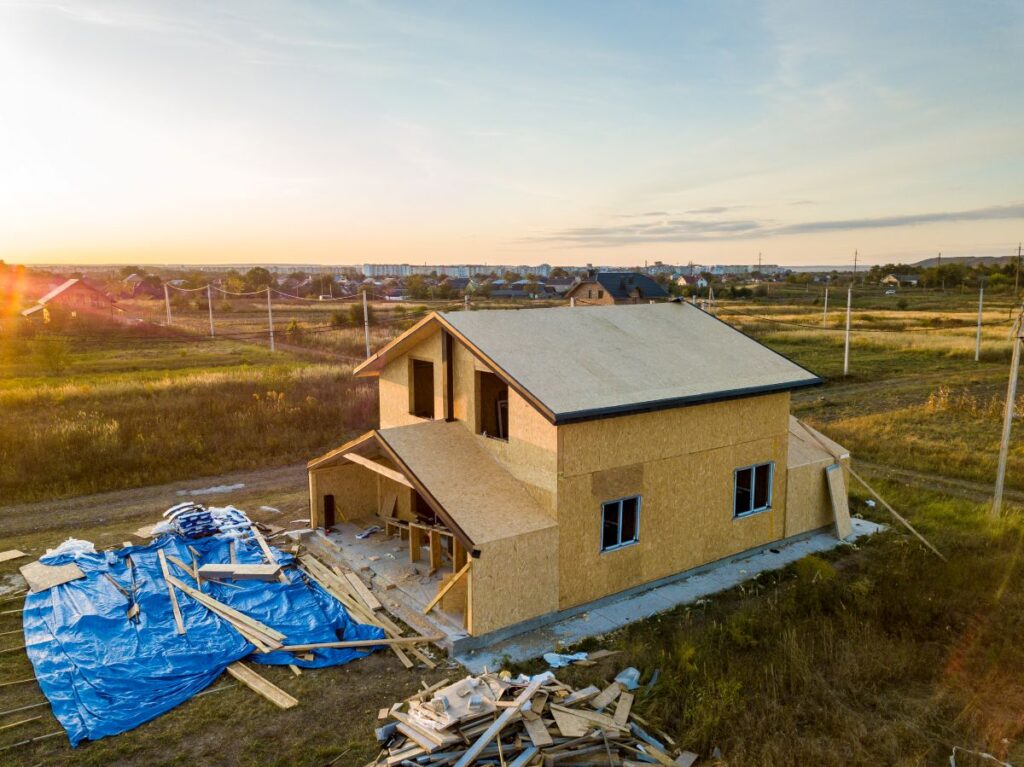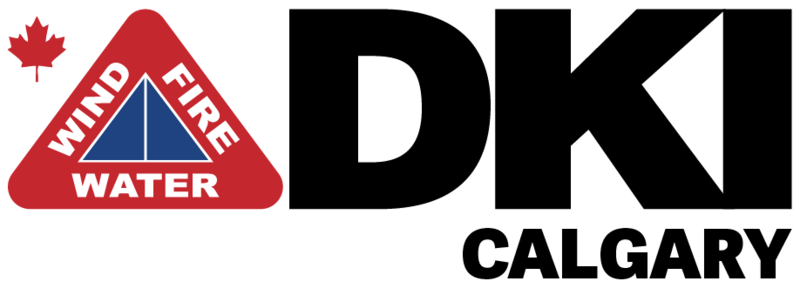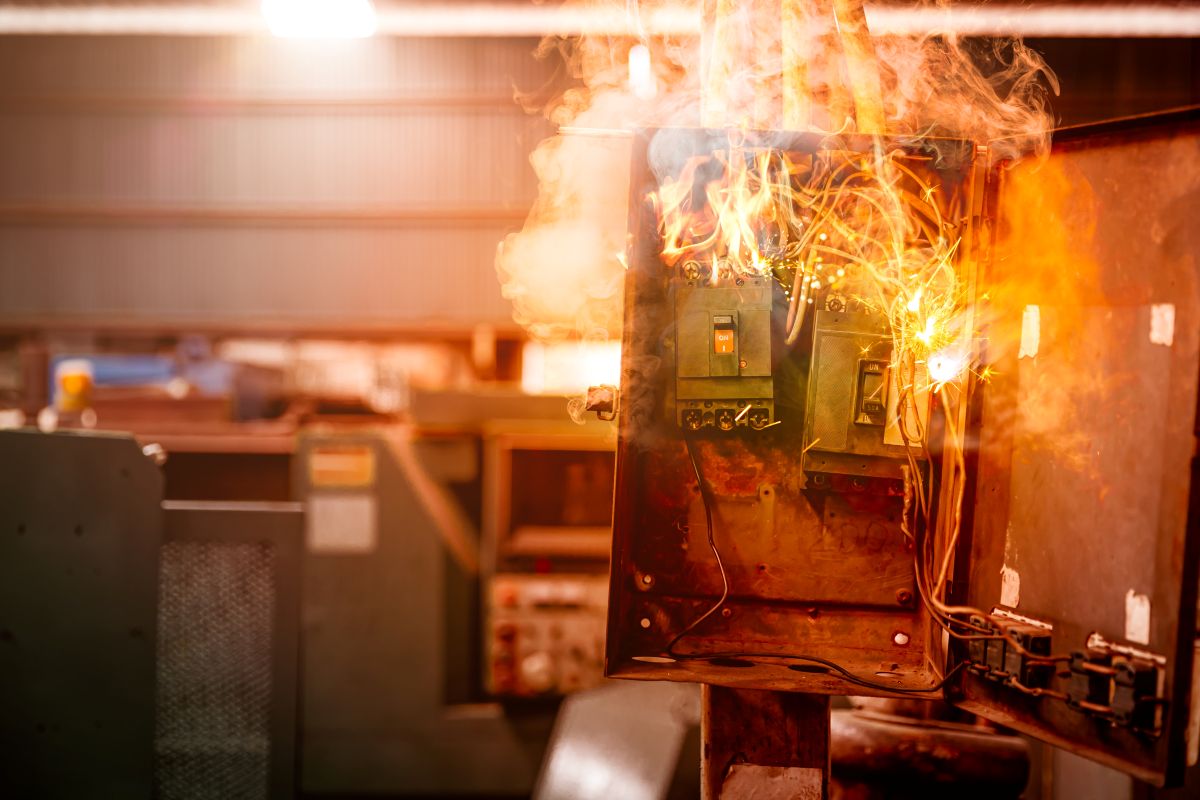Table of Contents
- Introduction
- House Fire Trends in Calgary
- Top Causes of House Fires in Calgary
- 3.1 Cooking-Related Fires
- 3.2 Heating Equipment and Space Heaters
- 3.3 Electrical System Failures
- 3.4 Smoking Materials
- 3.5 Candles and Open Flames
- 3.6 Fireplaces, Chimneys, and BBQs
- 3.7 Holiday Lights and Decorations
- 3.8 Children and Fire Play
- 3.9 Outdoor Fires and Grills
- How to Prevent House Fires in Calgary
- What to Do Immediately After a House Fire
- How DKI – Calgary Helps with Fire and Smoke Damage Restoration
- Removing Smoke Smell from Clothing and Fabrics
- 7.1 Why Smoke Odor Lingers
- 7.2 DIY Smoke Odor Removal Techniques
- 7.3 When to Call a Professional
- Post-Fire Risks: Mould and Asbestos
- 8.1 Water Damage and Mould Identification
- 8.2 Asbestos Exposure and Abatement
- Why Calgary Homeowners Trust DKI – Calgary
- Conclusion and Final Tips
1. Introduction
House fires are devastating events that can cause massive damage to your home, belongings, and peace of mind. In Calgary, a mix of seasonal conditions and common household risks makes fire prevention critical. At DKI – Calgary, we specialize in fire and smoke damage restoration and support homeowners across the city with full-service property restoration.
This guide explains the most common causes of house fires in Calgary, how to prevent them, and what to do if your home is affected. We’ll also share professional tips for removing smoke odor from your clothing and belongings and explain how mould and asbestos risks can arise after a fire.
2. House Fire Trends in Calgary
According to Alberta’s Office of the Fire Commissioner, hundreds of residential fires are reported annually in Calgary. The leading causes include unattended cooking, heating equipment, and electrical malfunctions. The dry winter months and heavy reliance on heating devices often correlate with fire peaks.
Understanding these trends can help you better prepare, protect your home, and reduce your risk of experiencing a disaster.
3. Top Causes of House Fires in Calgary

3.1 Cooking-Related Fires
Unattended cooking is the number one cause of residential fires in Calgary. Grease fires start quickly and can get out of control if you step away from the stove. Overheated oil, food left unattended, or flammable items too close to the stovetop are all culprits.
3.2 Heating Equipment and Space Heaters
During Calgary’s cold winters, space heaters and fireplaces are used heavily. Fires can result from placing heaters too close to flammable objects, using damaged cords, or failing to clean chimneys.
3.3 Electrical System Failures
Older homes in Calgary may have outdated or overloaded electrical systems. Common risks include frayed wires, faulty outlets, or too many appliances on a single circuit. Improper DIY electrical repairs can also create hazards.
3.4 Smoking Materials
Smoking indoors is another frequent cause of fires. Cigarettes that are not properly extinguished can ignite furniture, bedding, or carpeting. Fires often occur in bedrooms or living rooms where smoking is common.
3.5 Candles and Open Flames
Candles can add warmth to a home but pose a major fire hazard if left unattended or placed near curtains and paper products. It’s essential to use sturdy holders and never leave them burning overnight.
3.6 Fireplaces, Chimneys, and BBQs
Creosote buildup in chimneys can ignite, causing fast-spreading fires. Outdoor grills used too close to siding or on wooden decks can spark accidental fires, especially when unsupervised.
3.7 Holiday Lights and Decorations
Overloaded circuits, damaged wires, and poorly installed decorations are all risks during the holiday season. Always use CSA-approved lights and inspect them before use.
3.8 Children and Fire Play
Children curious about fire may play with matches or lighters. These incidents can quickly escalate into house fires if not supervised. Education and proper storage of fire-starting materials are key.
3.9 Outdoor Fires and Grills
Open flame activities such as fire pits and bonfires, especially during dry or windy weather, are another major hazard. Always follow local bylaws and never leave outdoor fires unattended.
4. How to Prevent House Fires in Calgary
- Install smoke alarms on every level of your home and test them monthly.
- Keep a fire extinguisher in high-risk areas like kitchens and garages.
- Never leave cooking food unattended.
- Maintain heating equipment and clean chimneys annually.
- Replace damaged electrical cords and avoid overloading outlets.
- Store flammable items safely and away from heat sources.
- Supervise candle use and opt for flameless alternatives when possible.
- Teach children about fire safety from a young age.
5. What to Do Immediately After a House Fire
- Ensure all occupants are safe and accounted for.
- Call emergency services and wait for the fire department.
- Do not re-enter the home until it’s declared safe.
- Contact your insurance provider.
- Call DKI – Calgary for emergency board-up, assessment, and restoration.
6. How DKI – Calgary Helps with Fire and Smoke Damage Restoration

As a trusted name in property restoration, DKI – Calgary offers:
- Emergency board-up and structural safety services
- Smoke and soot removal
- Odor neutralization using professional-grade equipment
- Contents cleaning and restoration
- Water damage drying and dehumidification
- Full rebuild services
- Insurance documentation and support
7. Removing Smoke Smell from Clothing and Fabrics
7.1 Why Smoke Odor Lingers
Smoke particles penetrate deeply into fabrics, leaving behind an acidic, lingering smell. The longer fabrics are exposed, the harder it is to remove the odor without professional help.
7.2 DIY Smoke Odor Removal Techniques
- Air Out: Hang clothing outside in fresh air and sunlight.
- Baking Soda Soak: Soak items in water with one cup of baking soda before washing.
- Vinegar Rinse: Add white vinegar to your wash cycle.
- Charcoal or Odor Absorbers: Place clothing in bins with activated charcoal for several days.
- Repeat Washing: It may take multiple washes with odor-neutralizing detergent.
7.3 When to Call a Professional
If the odor persists, or if delicate or high-value items are involved, DKI – Calgary offers contents restoration using ozone treatment, ultrasonic cleaning, and other advanced techniques.
8. Post-Fire Risks: Mould and Asbestos
8.1 Water Damage and Mould Identification
Water used to extinguish fires often leads to hidden moisture in walls, ceilings, and flooring. If untreated, this creates ideal conditions for mould. DKI – Calgary provides:
- Moisture inspections
- Mould identification and testing
- Professional mould remediation and HEPA filtration
8.2 Asbestos Exposure and Abatement
Homes built before the 1980s may contain asbestos in ceiling tiles, insulation, and siding. Fires can disturb these materials, making them airborne. DKI – Calgary’s licensed team provides:
- Safe asbestos testing and sampling
- Containment and abatement following provincial guidelines
- Safe disposal and post-abatement reconstruction
9. Why Calgary Homeowners Trust DKI – Calgary

- Locally operated with national backing from DKI Canada
- IICRC-certified technicians
- 24/7 emergency response
- End-to-end services: fire, water, mould, asbestos, contents restoration
- Insurance coordination and fast claims support
10. Conclusion and Final Tips
House fires in Calgary are preventable when homeowners take proactive steps with cooking, heating, electrical systems, and fire safety habits. If the worst does happen, DKI – Calgary is here with comprehensive disaster restoration support, from emergency cleanup to full rebuilding. We also specialize in smoke odor removal, mould and asbestos remediation, and professional contents cleaning.
Need help now? Call DKI – Calgary or visit calgary.dki.ca to schedule a free property assessment.

